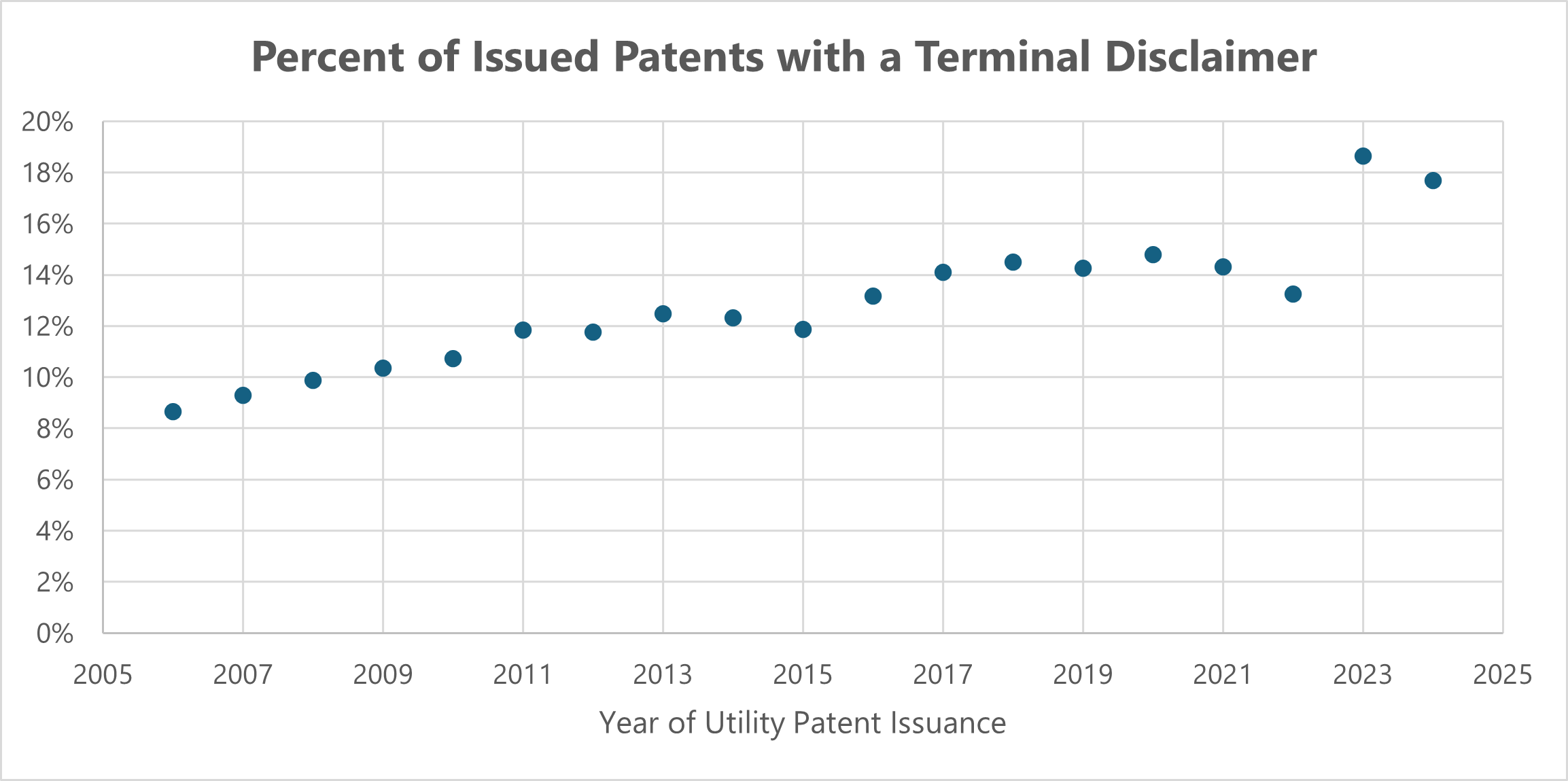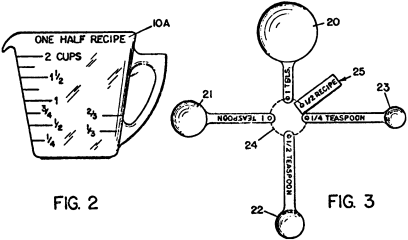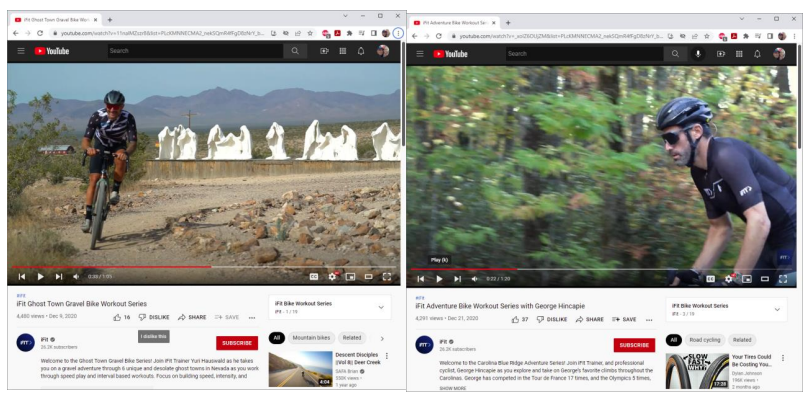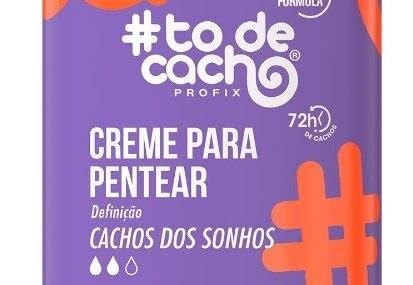by Dennis Crouch
I see the US Supreme Court's 1912 decision in Henry v. A.B. Dick Co. as a major turning point in American patent and antitrust law. 224 U.S. 1 (1912). The Court's 4-3 decision favored the patentee and allowed the patent owner to place restrictions on the use of its patented product even after sale. But, that decision sparked a major reform effort. Just a few years later, the Supreme Court reversed course in Motion Picture Patents Co. v. Universal Film Mfg. Co., 243 U.S. 502 (1917), effectively overruling A.B. Dick and signaling a new largely anti-patent-monopoly era.
In A.B. Dick,
To continue reading, become a Patently-O member. Already a member? Simply log in to access the full post.















